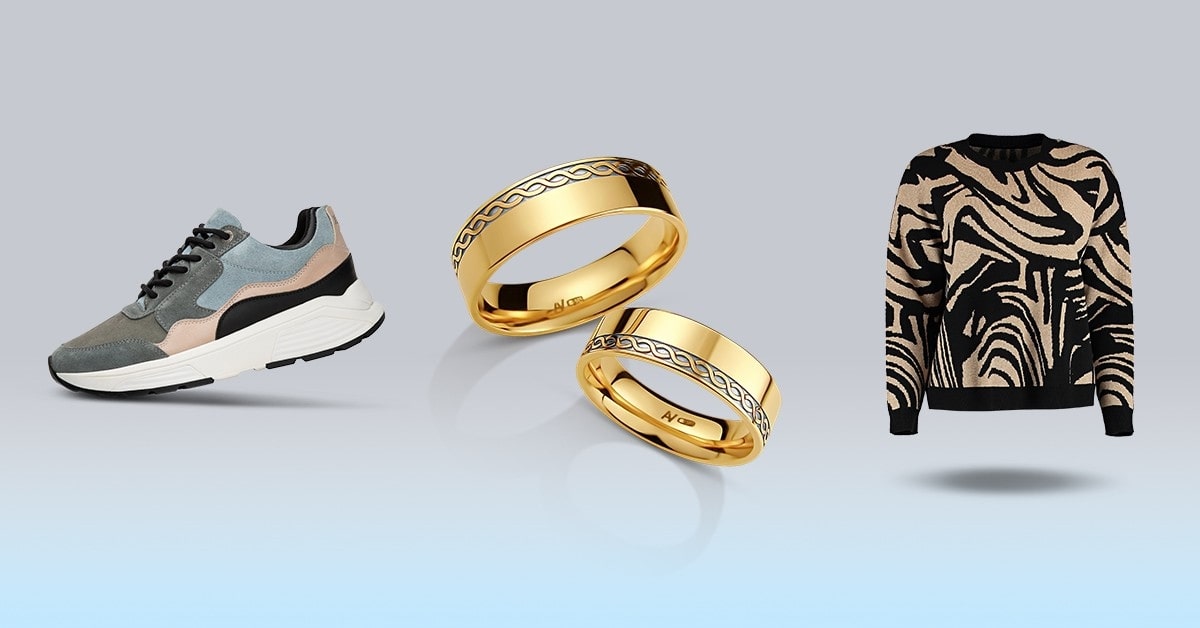In the realm of design and photo editing, understanding the meaning and purpose of a drop shadow is fundamental to creating visually compelling and dynamic compositions. A drop shadow, a widely utilized design element, adds depth, dimension, and emphasis to various elements in graphics, images, and layouts. This article delves into the intricacies of drop shadows, exploring their meaning, applications, and the impact they have on visual aesthetics.
Unveiling the Meaning of Drop Shadows
- Definition of Drop Shadow:
- A drop shadow is a visual effect in design where a shadow is cast by an object, text, or image onto the background, creating the illusion of depth and separation from the underlying surface.
- Purpose of Drop Shadows:
- The primary purpose of a drop shadow is to simulate the way light interacts with objects in the real world, providing a sense of elevation and hierarchy within a design.
- Visual Enhancement and Emphasis:
- Drop shadows are employed to enhance the visibility of elements, add a layer of realism, and draw attention to specific areas, creating a more visually engaging and dynamic composition.
Applications of Drop Shadows
- Text Emphasis:
- Drop shadows are commonly used in typography to make text stand out from the background, improving readability and creating a sense of depth.
- Element Separation:
- In graphic design, drop shadows are applied to separate elements from the background, preventing visual clutter and promoting a clear visual hierarchy.
- Button and Icon Design:
- User interface (UI) and web designers use drop shadows to give buttons and icons a three-dimensional appearance, making them appear interactive.
Impact on Visual Aesthetics
- Depth and Realism:
- Drop shadows contribute to the perception of depth, making flat designs appear more three-dimensional and realistic.
- Visual Hierarchy:
- By casting shadows, designers can establish a hierarchy among elements, guiding the viewer’s focus and enhancing the overall structure of a composition.
- Dynamic and Modern Look:
- In contemporary design, drop shadows are often used to create a modern, sleek appearance, adding a touch of sophistication to graphics and layouts.
Conclusion
Understanding the meaning and applications of drop shadows is pivotal for designers aiming to create visually appealing and impactful compositions. Whether used for text emphasis, element separation, or achieving a modern look, drop shadows remain a versatile and effective design tool. By grasping the nuances of drop shadows and their impact on visual aesthetics, designers can leverage this technique to enhance the depth and overall quality of their creative endeavors.
FAQs
Are drop shadows outdated in modern design?
No, drop shadows are still widely used in modern design and can be applied judiciously to create a contemporary and dynamic appearance.
Can drop shadows be adjusted for different levels of subtlety?
Yes, most design software allows designers to customize the opacity, size, and angle of drop shadows, offering control over their subtlety.
Do drop shadows affect the loading time of web pages?
While heavy use of drop shadows might impact loading times, judicious application and optimization can mitigate this effect.
Are there alternative design techniques to achieve depth without drop shadows?
Yes, techniques such as gradients, color contrast, and layering can also create depth in design without relying on drop shadows.
This page was last edited on 27 February 2024, at 2:12 pm
